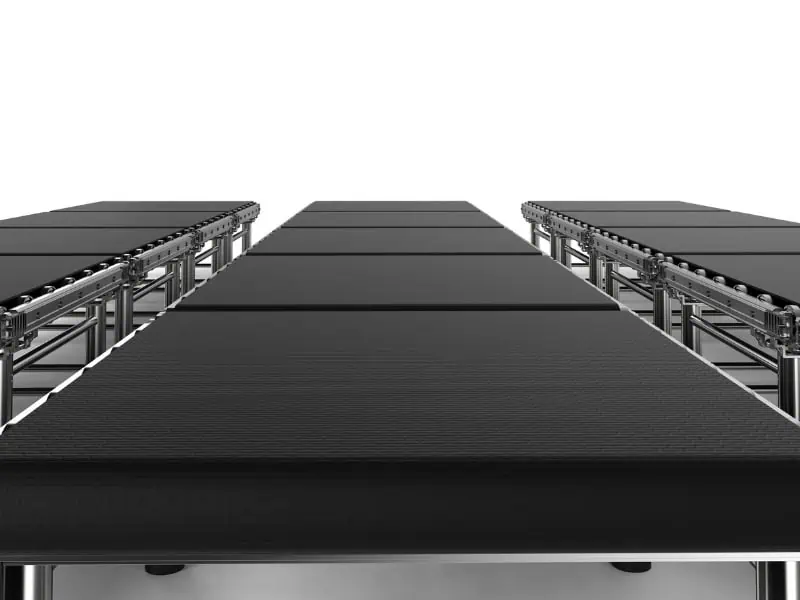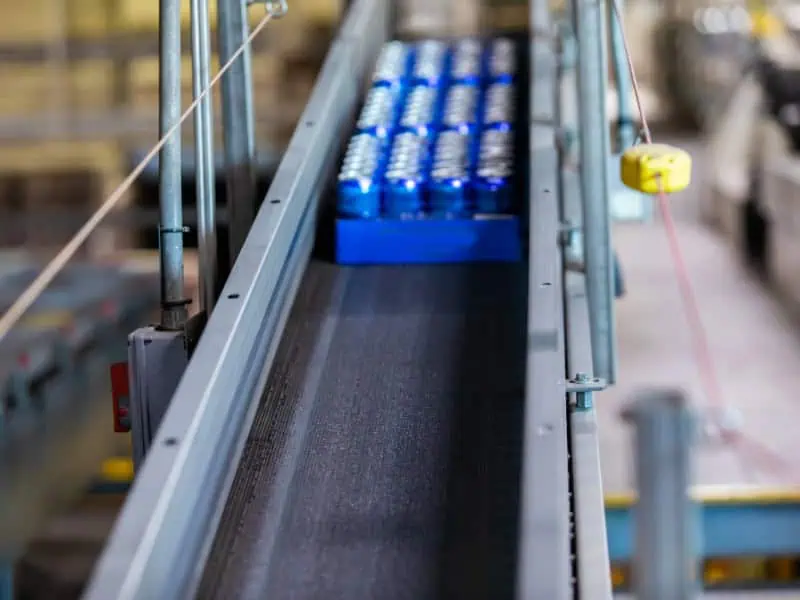Conveyor upgrades meet future production demands by targeting flow, control, and safety bottlenecks that limit throughput. You deal with rising SKUs, tighter changeovers, and labour shortages; meanwhile, equipment must stay reliable even when you’re flat out like a lizard drinking. An innovative upgrade plan removes friction, stabilises performance, and reduces risk without blowing the capex budget. Better still, it gives you levers to scale when peaks roll in and the schedule gets hairy. You need confident layout choices, not wild punts, plus controls that handle surges without product damage. By properly selecting belts, drives, guarding, and portable units, you build headroom into daily operations and avoid nasty surprises. This article maps the pressure points, agitates the consequences of delay, and then offers practical steps you can apply on site today.
What role does a conveyor play in modern material handling?
A conveyor sets the site tempo, coordinates handoffs, and underpins quality control. When it falters, queues grow, rework increases, and deadlines slip. The right upgrades smooth merges, stabilise spacing, and cut recovery time after stoppages. Here are the roles and decisions to consider:
- Flow pacing: Match line speed to upstream picking and downstream packing to unlock fewer unscheduled stoppages.
- Merge logic: Use sensors and controls to manage carton gaps and eliminate starved stations.
- Access and cleaning: Design for swift washdowns so debris never snowballs into faults.
- Changeovers: Configure guides and stops for fast SKU swaps without guesswork.
If you’re benchmarking options, evaluate frameworks that cover layout, controls, and belt selection in one plan, such as trusted conveyor systems for modern production efficiency. This keeps upgrades cohesive rather than piecemeal and reduces commissioning grief. In short, treat the conveyor as your production metronome, then tune every note around it.
How do portable conveyors improve on-site productivity?
Portable conveyors lift productivity whenever the workface shifts—fit-outs, stockpile moves, or short-term projects. You deploy in hours, reposition easily, and relieve forklifts from long hauls. Here are the productivity benefits:
- Rapid deployment: Wheel in, set angle, power up, and trim idle travel.
- Layout agility: Reconfigure lengths and heights to suit changing tasks, with higher energy draw avoided by right-sizing motors.
- Safer handling: Reduce manual lifts over distance and cut spill clean-ups.
- Seasonal scaling: Add capacity for promotions or harvests, then demobilise with no dramas.
Portable units shine when time is tight and crews are busy. Select durable frames, adequate incline capability, and reliable controls. Then, plan move schedules to avoid crowding other plants. With clever positioning, the portable line becomes a pressure valve that keeps production humming.
Why should you consider upgrading an electric conveyor system?
Electric systems pay off through controllability—smooth starts, consistent torque, and precise speed references. That control protects belts, motors, and bearings while stabilising downstream equipment. Here are the upgrade advantages:

- Drives and feedback: Variable-speed drives with encoders maintain spacing and reduce backlogs.
- Efficiency gains: High-efficiency motors generate less heat and noise, reducing wear over long shifts.
- Power quality: Regenerative braking trims consumption on long declines, avoiding added cleaning complexity from overheated components.
- Faster fault-finding: Remote I/O and precise diagnostics shorten downtime during breakdowns.
Standardise firmware and spares across lines to cut confusion. Moreover, stage upgrades around maintenance windows so the crew isn’t working after hours for no good reason. The upshot is better flow, calmer merges, and fewer frantic resets during peak demand.
What factors determine the right conveyor belt for your project?
Belt choice affects grip, hygiene, wear, and tracking—get it wrong and reliability sinks. Choose a product, environment, and cleaning method, then validate against pulley diameters and speed. Here are the belt selection factors:
- Product base: Fragile, oily, or unstable items may need softer covers or profiles.
- Environment: Heat, moisture, or fines demand compounds that resist damage and more frequent belt wear.
- Cleaning method: Match PU or nitrile covers to hot-wash, foam, or dry-wipe procedures.
- Tension and splicing: Confirm the splice type suits your shutdown window and drive geometry.
Belt selection snapshot
| Factor | Option | When it suits | Watch-outs |
| Cover compound | Nitrile | Oily cartons or parts | Heat limits during hot wash |
| Surface | Grip top | Inclines and unstable bases | Scuffing on sharp curves |
| Carcass | Polyester-nylon | High strength with low stretch | Higher cost than basic fabric |
| Profile | Cleated | Steeper angles with small items | Rollover if overfilled |
| Hygiene | PU / food-grade | Food or pharma environments | Chemical compatibility checks |
Run short trials with the real product before locking in. Additionally, log temperatures near drives and idlers to spot friction hotspots early. Picking the right belt removes noise from the system and keeps the flow steady.
How can conveyor hire reduce downtime and equipment costs?
Hire bridges gaps during upgrades, covers breakdowns, and helps test layouts without locking in capex. You keep lines moving while approvals or parts catch up. Here are the hire benefits:
- Downtime cover: Slot in a temporary unit and protect shift targets with a faster setup time than a permanent install.
- Cost control: Pay for capacity only when needed; avoid overcapitalising on short runs.
- Trial and validation: Prove belt profiles or angles before rolling changes across the site.
- Training baseline: Use hire periods to refine pre-starts and workflows for long-term gains.
Training matters as much as hardware. For consistent competencies across crews nationwide, reference national conveyor operation training standards. That framework keeps start-ups predictable and reduces needless stoppages. With hiring as a buffer, you maintain service levels while permanent upgrades slot in smoothly.
Which conveyor safety features are essential for site compliance?
Safety features prevent injuries and keep audits painless. Focus on guarding, emergency stops, isolation, and safe access. Here are the essential safety features:
- Interlocked guarding: Stop motion when a guard opens, eliminating reach-in hazards and reducing manual handling risks.
- Pull-cords and E-stops: Keep lines within easy reach, clearly marked, and simple to reset.
- Isolation and lockout: Provide lock points visible at entries to standardise shutdowns.
- Access platforms: Ensure lighting, handrails, and space for maintenance without risky contortions.
Conduct risk assessments after every layout change. Furthermore, place cleaning tools nearby so crews don’t improvise with unsafe gear. When safety is baked into design, compliance becomes routine and downtime falls.
Final thoughts
Future-ready upgrades prioritise bottlenecks, standardise components, and protect operators, all while staying nimble as demand shifts. Start with flow balance, then address controls, belts, and access to prevent breakdowns from spiralling out of control. If a conversation would help align options with your site rhythm, consider exploring how Conveying & Hoisting Solutions enhances material efficiency. That dialogue keeps decisions grounded in your workload and budget, ensuring upgrades land on time and deliver value where it counts.




